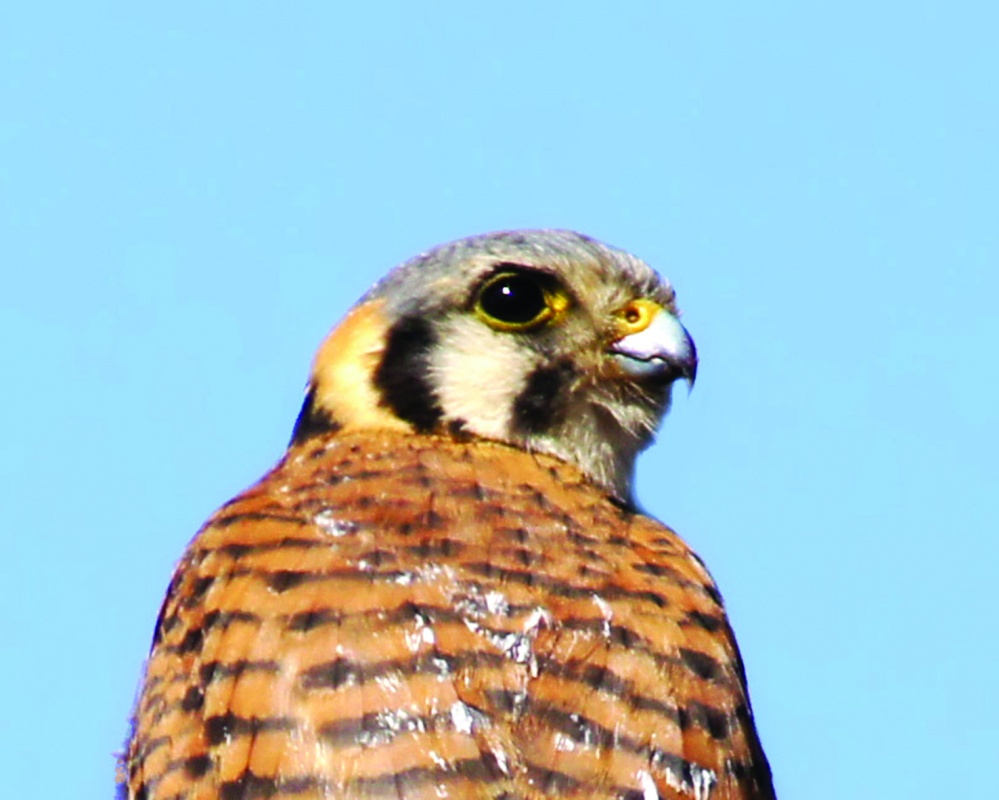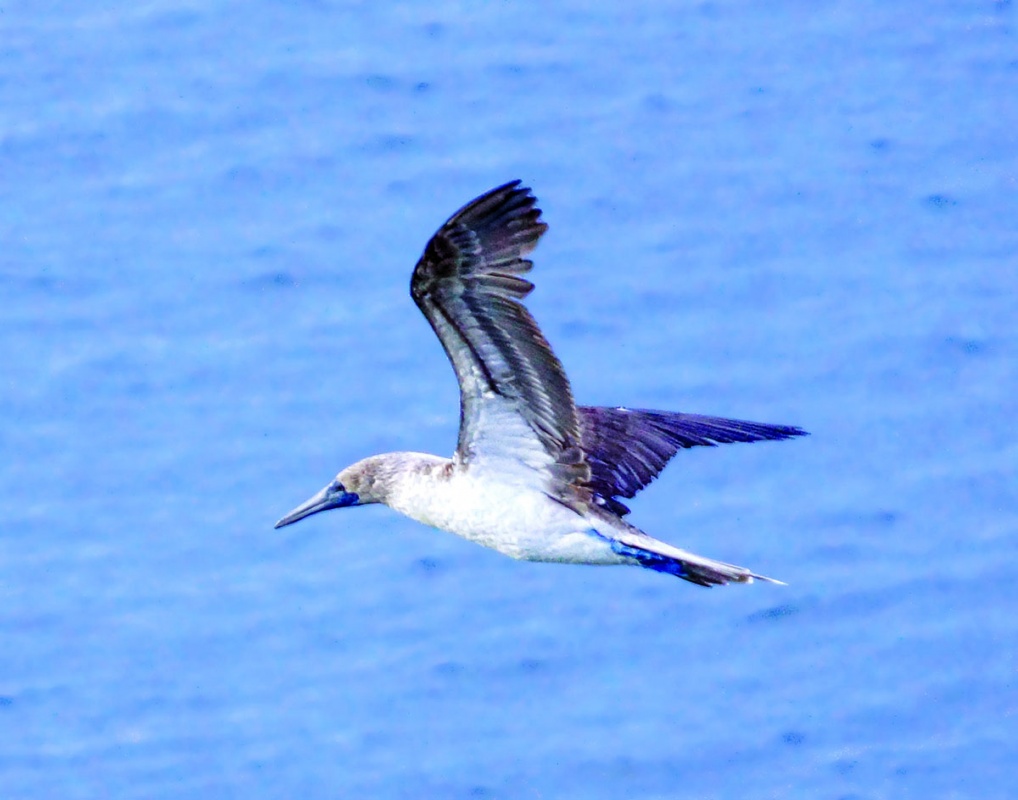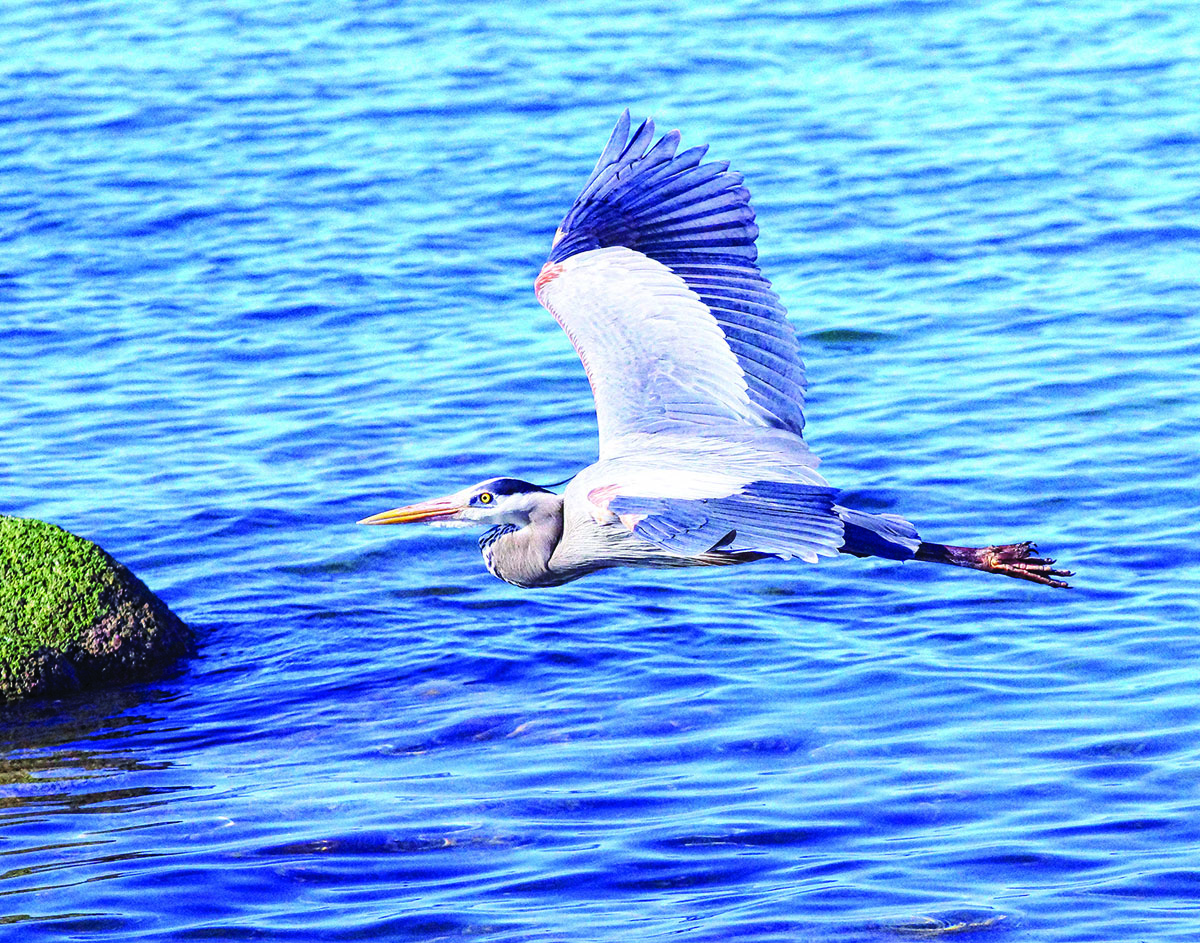Twenty five years ago the Cardinals NFL football team came to the desert of Arizona. I thought at the time we would need a new mascot for the NFL team that is more ‘deserty’, like the Coyotes or Diamondbacks. After all, there are no red cardinal birds in the desert, Are there? Now, as I have ventured out with my lens and captured the magnificent flying red birds here in the Sonoran Desert, I now realize how wrong I was. They do exist in the desert regions of Arizona and Mexico.
I now feel they are a perfect match for the Arizona football team of the NFL. Not only is the Arizona Cardinals football team on the move, cardinal birds that frequent Arizona are on the move as well. It’s hard to believe, but the glorious red cardinal bird that is the Arizona Cardinal’s football team mascot is currently in migration from Central Mexico to the Sonoran desert areas of Northern Mexico and Southern Arizona for their winter visit. Most of us did not think the bird that serves as the Cardinal’s red mascot actually spent time in Arizona and Mexico, but they do; and my camera lens has caught them.
Every winter, extending through the spring, Cardinals migrate from Central Mexico to Arizona. They have pit stops in Rocky Point and the Nogales areas along the way. If you spot one it is a rare moment, but it is surely a colorful delight when you catch a glimpse of these beautiful winter visitors. When you see one in the desert it almost seems surreal that what you are seeing isn’t a mirage. The bright red coats and tufted head feathers of cardinals will leave you amazed that they are actually within your presence as most birds in desert regions are not as colorful and cheerful.
The complete name of these red birds is the Northern Cardinal. There are several species of cardinals in the world. The Northern Cardinal is the classic red aviary symbol that you see on the jerseys of the professional football and baseball teams in the NFL and MLB.
Besides the Red-Crested Cardinals of Hawaii, there are only two types of cardinals in the United States. They are the Pyrrhuloxia Desert Cardinal and the Northern Cardinal. The Pyrrhuloxias frequent Arizona as well and are a pale pinkish color with the same tufted head feathers. If you spot a red Cardinal in the U.S., not counting the Catholic type, it will be a Northern Cardinal species.
Cardinal songs and chirps are some of the most beautiful bird calls I have heard in the Arizona desert. They have several different sounding calls, much like a mockingbird, but they are very sharp and distinct sounding like no other bird you will hear in the desert regions.
Male cardinals are the solid red colored of the species that we all associate their striking image to. The females have minimal splashes of red on their wings, tails and crown, with a solid red beak, but the majority of their feathers are an olive green shade.
Cardinals frequent the Arizona and Sonoran deserts in winter and breed in the spring. Most of the Cardinals that arrive in the winter come from the colder mountain areas of Northern and Central Mexico.
Northern Cardinals were named by their bright red colors that resemble the red robes worn by catholic diocese cardinals. Cardinals were once prized as pets, but their sale as caged birds are now banned in the United States.
The Cardinal’s stout beak is designed for cracking seeds and nuts, which is their main diet. They will be seen foraging in the desert on the ground and in low lying brittle and mesquite bushes for seeds, berries and insects.
Northern Cardinals are more elusive than most song birds, but will frequent the tree tops of the Palo Verde and Mesquite Trees in the spring time in Southern Arizona and Northern Mexico. Their sweet sounding chirps and songs will catch your attention first before you are alerted to their beautiful red colors.
For the Cardinal fans of the football kind; root for your team to continue to surge in the NFL and maybe you will see them play in the Super Bowl in their own stadium this season. For the Cardinal fans of the bird kind; a little persistence in searching out the most beautiful colored bird in the desert will reward you with dividends of brilliant astonishment once you find these hidden treasures of Mexico and Arizona.

























Are you kidding me? Cardinals are going down! I grew up in Phx. (likely NOT you) and it was ALWAYS a Cowboys town (and Frankly STILL is) and if you would even go to a Cardinals (St. Louis, Cardinals), game, you’d realize that Phx and ARIZONA Is STILL a Cowboys town and State!!!!! So, make yourself feel good all you want, but the Cardinals are losers, always have been (esp. since running away to Phx) and the ‘Boys will ALWAYS kick their arrrrrsssseeeee. Have good Off-season….ha, ha, ha, ha, ……